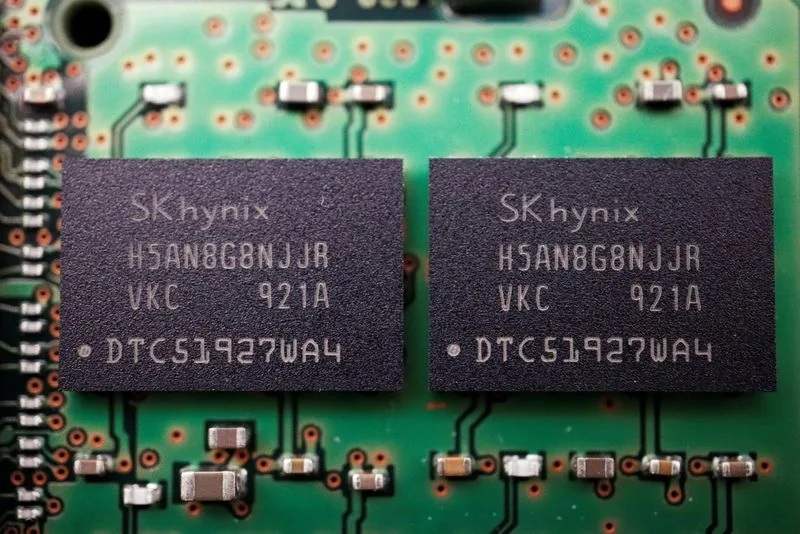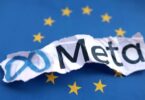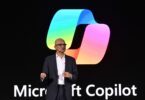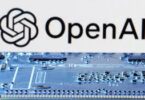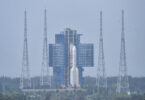SEOUL (Reuters) : Samsung Electronics and SK Hynix will be allowed to supply U.S. chip equipment to their China factories indefinitely without separate U.S. approvals, South Korea’s presidential office and the companies said on Monday.
The U.S. had been expected to extend a waiver granted to the South Korean chipmakers on a requirement for licences to bring U.S. chip equipment into China.
“Uncertainties about South Korean semiconductor firms’ operations and investments in China have been greatly eased; they will be able to calmly seek long-term global management strategies,” said Choi Sang-mok, senior presidential secretary for economic affairs.
The U.S. has already notified Samsung and SK Hynix of the decision, indicating that it is in effect, Choi said.
The U.S. Department of Commerce is updating its “validated end user” list, denoting which entities can receive exports of which technology, to allow Samsung and SK Hynix to keep supplying certain U.S. chipmaking tools to their China factories, the presidential office said.
Once included in the list, there is no need to obtain permission for separate export cases.
Samsung and SK Hynix, the world’s largest and second-largest memory chipmakers, had invested billions of dollars in their chip production facilities in China and welcomed the move.
“Through close coordination with relevant governments, uncertainties related to the operation of our semiconductor manufacturing lines in China have been significantly removed,” Samsung said in a statement.
SK Hynix said: “We welcome the U.S. government’s decision to extend a waiver with regard to the export control regulations. We believe the decision will contribute to the stabilisation of the global semiconductor supply chain.”
Samsung Electronics makes about 40% of its NAND flash chips at its plant in Xian, China, while SK Hynix makes about 40% of its DRAM chips in Wuxi and 20% of its NAND flash chips in Dalian.
The companies together controlled nearly 70% of the global DRAM market and 50% of the NAND flash market as of end-June, data from TrendForce showed.

